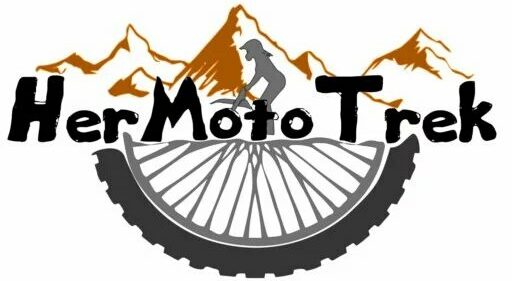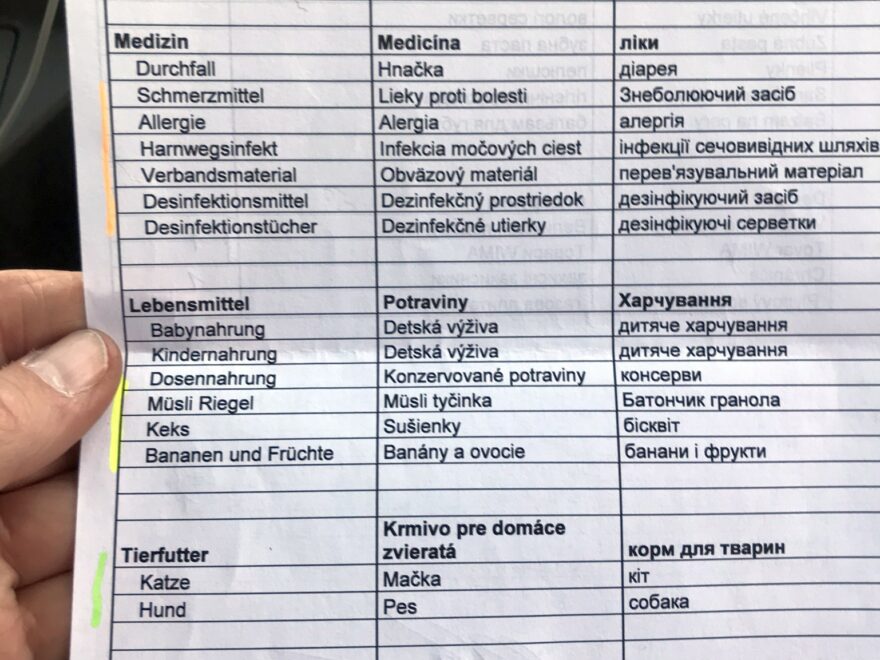This post is also available in:

Wir fahren, wir fahren zeitig in der Früh los und es geht nach Osten, genauer zur Slowakisch – Ukrainischen Grenze bei Ushgorod und darüber hinaus. Es ist der 10. April 2022 und die Informationen zu Butscha (Буча) sind gerade ein paar Tage alt.
Große Organisationen, die so etwas regelmäßig machen haben entsprechende Informationsquellen. Wir mussten uns über diverse (online) Quellen ein Lagebild machen. Zusammen mit unserer gesammelten Ostblock Erfahrung werden zusätzlich Annahmen getroffen und Wahrscheinlichkeiten diskutiert. Es gab auch ein Treffen am Brunnenmarkt, um dort noch etwaige Fragen abzustimmen.
Wir haben zwei Navis, und eine Karte als Bord“technik“ geplant, um auch bei etwaigen Umwegen und Umleitungen nicht hilflos zu sein.
Zwei Wochen Planung liegen hinter uns: Fahrstrecke (mit Routenalternativen), Tankstellen, Ausrüstung, Ukrainisch Wörterbücher und Online Trainings studieren, Diesel und Benzin Kanister besorgt, Erkundung bei der Botschaft, Einkaufs- und Transportlisten festlegen und erstellen. All das musste erledigt werden, bevor wir die Fahrt überhaupt starten konnten.
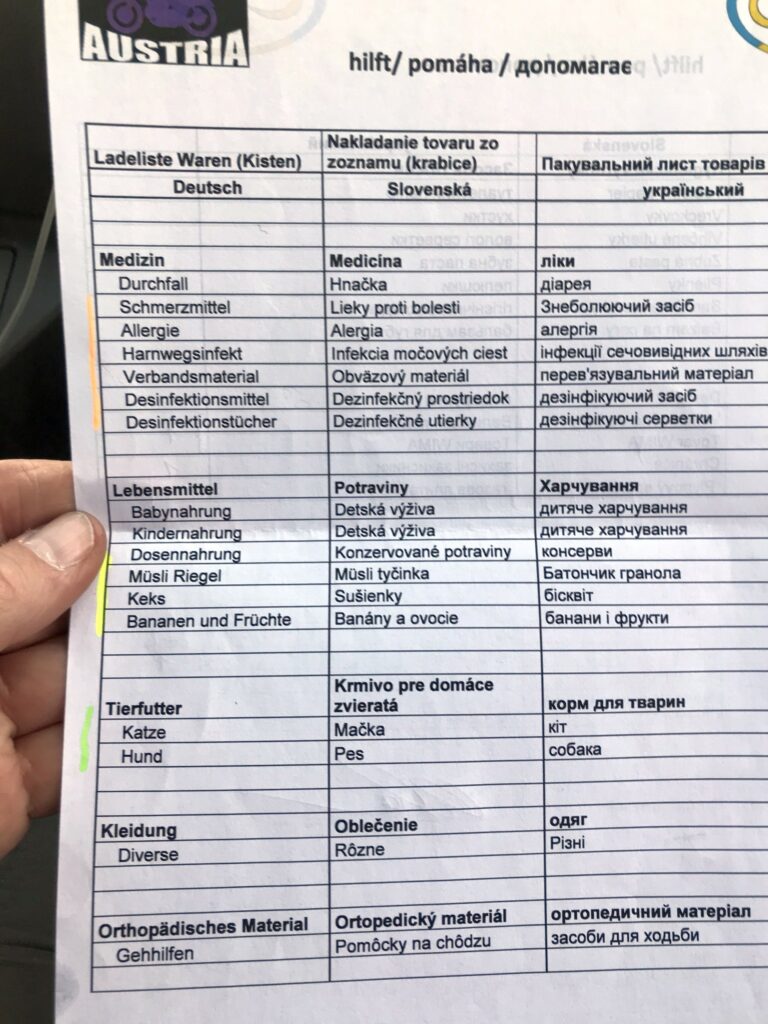
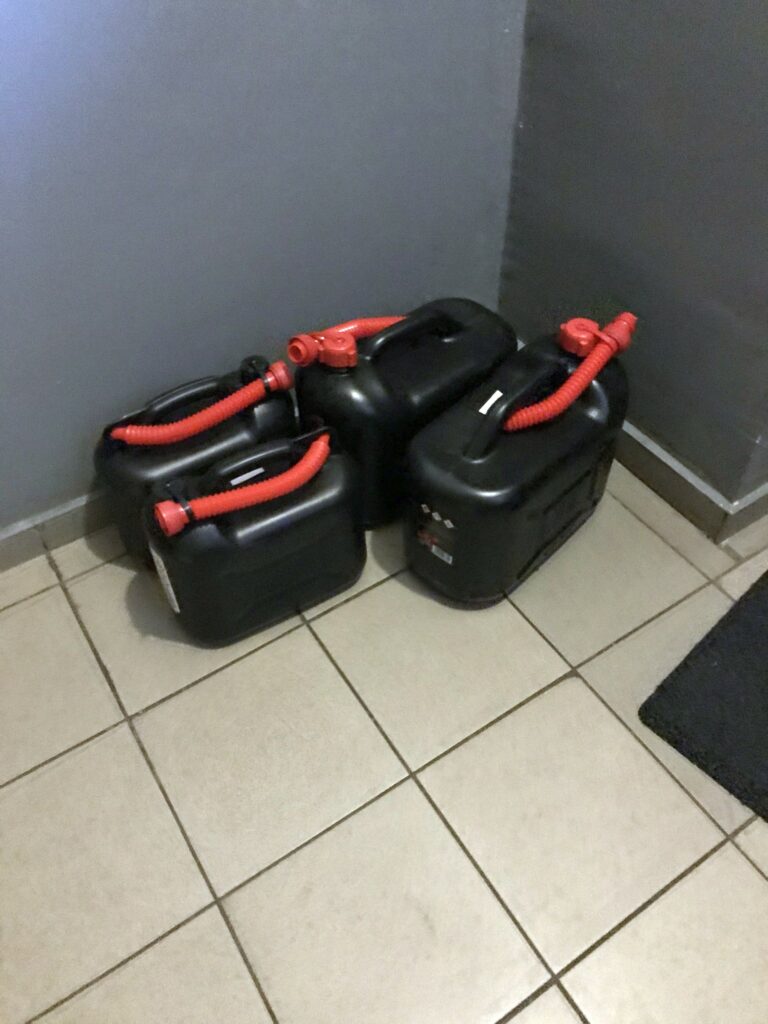
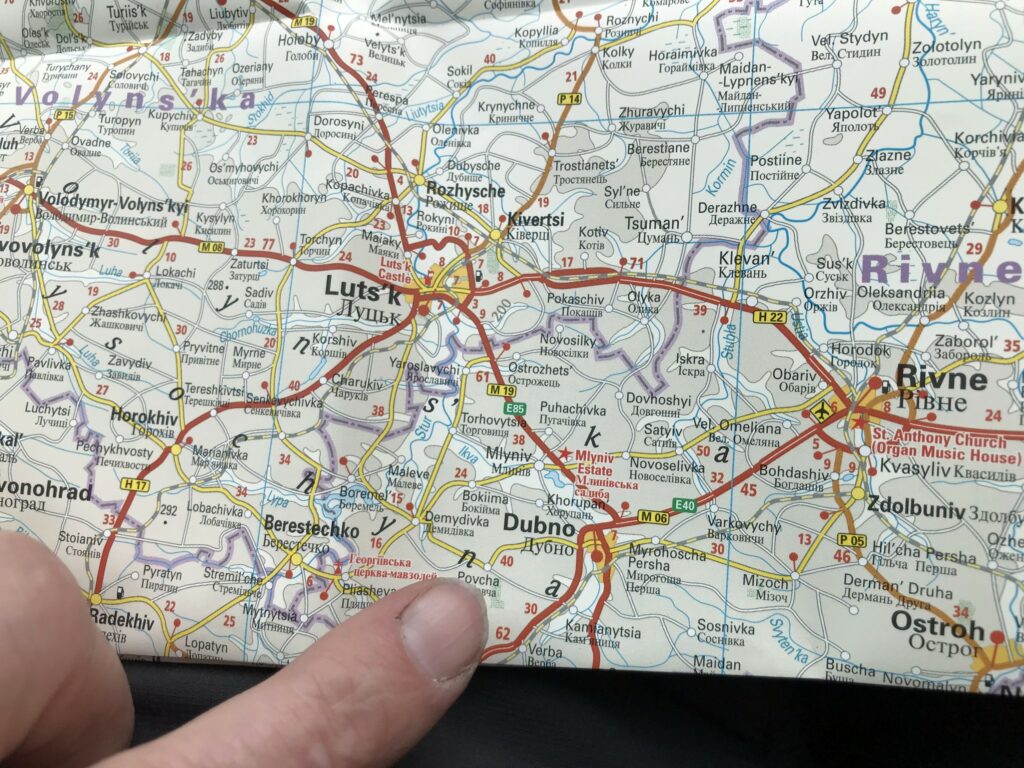
Alena (mein ukrainischer Counterpart) hat ihre Bedenken bereits geäußert, aber schlussendlich „resigniert“, und auch seitens WIMA (International) gab es die Bemühung uns von diesem Vorhaben abzubringen.
Das ist aber unmöglich. Olpo und ich wären auch zu mehr bereit, wenn es notwendig wäre.
Die Fahrt hat neben dem humanitären Sinn noch einen weiteren Grund.
Sie ist für uns auch ein erster Versuchsballon, um die Gegebenheiten vor Ort besser kennen zu lernen.
Aber, zuerst muss es wirklich losgehen, und die Frage steht natürlich im Raum, werden wir es schaffen? Welche Hürden und Herausforderungen warten auf uns? Kommen wir wieder heil zurück? Kommen wir überhaupt zurück?
Das Testament ist geschrieben und zu Hause deponiert, das war der letzte wichtige Schritt. Die Spannung ist groß, alles kann schon ein Erfolg, oder Misserfolg sein.


Die Fahrt durch die Slowakei kenne ich bereits von den letzten beiden Touren zur Grenze, wo die WIMA Mädls und ich bereits Hilfsgüter geliefert und auch Flüchtlinge am Rückweg mit genommen haben.
Olpo, für seinen Teil, kann dafür die Slowakei in der ersten Reihe seines IVECO Transporters kennen lernen, der Transporter, der unsere Motorräder, Benzin- bzw. Dieselkanister und teilweise leere Kartons nach Osten bringt.
Unser erster richtiger Stopp ist in Michalovce, wo wir den bereits bekannten TESCO stürmen und dort neben Lebensmittel, auch Utensilien für ältere Leute einkaufen. 2 riesige Einkaufsrunden später, 2 zusätzliche Drogeriemärkte zusätzlich, sind die vorbereiteten Kartons bis zum Anschlag gefüllt. Das Auto wird nochmals vollgetankt und dann geht es ab zur Grenze. Es ist erstaunlich wenig los, Sonntag Abends, sonst wimmelt es vor Ort von LKW’s, PKW’s und Flüchtlingen, aber aktuell ist es relativ ruhig.
Eigentlich die ideale Voraussetzung für einen einfachen, schnellen Grenzübergang.
Ich kenne die Google Maps Kritiken zu diesem Grenzübergang. Diese sind nicht berauschend und strotzen voller vernichtender Kommentare zum Grenzpersonal und der „Performance“.




Das kann ja heute nur besser werden sind wir überzeugt, Immerhin transportieren wir ja Hilfsgüter in die Ukraine.
Es startet so einfach: Zuerst an den PKW Grenzübergang und in der kurzen Kolonne anstellen. Es sind nur 3 Autos vor uns, also kann es nicht ewig dauern. Naja, das wäre so gewessen, aber dann taucht dieser Bus mit 30 Passagieren neben uns auf, und genau so viele Pässe, die nun vor uns dran kommen. Gewissenhaft werden diese von der einzigen weiblichen Grenzbeamten gescannt, gestempelt, etc… während ihre männlichen Kollegen im Sessel sitzend im Smartphone surfen, etc…
So dauert es eine Weile, bis auch wir an die Reihe kommen. Die Erlösung ist aber nur von kurzer Dauer, denn uns wird lapidar mitgeteilt, dass auch Hilfslieferungen durch den Zoll müssen, daher müssen wir zum LKW Übergang!
Am LKW Übergang schaut es zunächst auch nicht schlecht aus, Wir fahren vor bis an das Ende der Kolonne, nur um von einer Madam wieder zur Einfahrt zurück befördert zu werden. Es gibt nämlich gleich dort eine Achswiegeeinrichtung, die langsam überfahren werden muss. Und zwar, nach dem Sie die Fahrzeugdaten eingetragen hat. Andersrum wäre wahrscheinlich auch möglich, aber Vorschrift ist offensichtlich Vorschrift.
Wir benötigen ein paar Anläufe bis Zeitpunkt und Geschwindigkeit für sie passen und damit erhalten wir den ersten Laufzettel in die Hand gedrückt.
Mit dem geht es weiter zur Slowakischen Grenzpolizei und Zollwache. Warum Zoll bei der Ausreise ist uns zwar nicht klar, aber Vorschrift ist, eh schon wissen….
Humanitarian Transport? DA!
Soweit so gut, aber spätestens beim Öffnen der Wagentüren stechen natürlich unsere beiden Motorräder ins Auge. Die erste Reaktion des Grenzzöllners: Problema!
Also erklären wir umständlich unseren Plan: Wir fahren mit den Hilfsgütern nach Kyiv und übergeben sie mit dem Fahrzeug an eine ukrainische Organisation (WIMA-Ukraine) und fahren dann mit UNSEREN Motorrädern wieder zurück. Nach einer Weile haben sie das grundsätzlich verstanden und wollen das auch kontrollieren. Es erfolgt der Check der Motorraddaten (was auf Grund des vollgeräumten Transporters gar nicht so einfach ist) damit sie sicher sind, dass die Motorräder tatsächlich uns gehören. Dann als nächste Stufe die Passkontrolle, und dann werden wir endlich weiter gewunken.



Nach dem es eine Weile gedauert hat bis wir an die Reihe kamen, und dann noch einige Zeit für die Erläuterungen und die administrative Amtshandlung verbraucht wurde, ist die Sonne mittlerweile untergegangen.
Weiter bewegt sich unsere Auto und LKW Kolonne über das kurze Niemandsland, um jetzt von den Ukrainischen Behörden das Fahrzeug geröntgt zu bekommen, ebenfalls gewogen und Pass kontrolliert zu bekommen und mit Laufzettel versehen zum Zoll geschickt zu werden.
Der ukrainische Zöllner wirft einen Blick in den Transporter und: Problema!
Was ja mittlerweile auch nicht anders zu erwarten war.
Auch hier benötigen wir einige Erklärungen mit Händen und Füßen (und auch Google Translate), sowie einen jüngeren Beamten der auch Englisch sprich, um den Sachverhalt zu erklären.
Ich werde an das Zollgebäude verwiesen und mache mich mit den Pässen, Zulassungsscheinen der drei Fahrzeuge, der Warenliste, etc… auf den Weg dorthin.
Die Halle ist in zwei Halbkreise mit Schaltern geteilt, eine Seite für Export und die andere für Import.
Von den jeweils 9 Schaltern ist einer besetzt, die MA der anderen sitzen hinter dem Schalterbereich zusammen und diskutieren und trinken Kaffee. Anscheinend ist gerade wieder eine Schaffenspause notwendig, um den Fokus nicht zu verlieren.
Als der junge Beamte ins Gebäude kommt instruiert er den (rankhöchsten) Beamten vor Ort über unsere spezielle Konstellation und damit geht es los: Woher, wohin, warum, für wen, etc…
Unsere Story klingt anscheinend absolut unglaubwürdig, deshalb werden wir nach einer Ansprechperson vor Ort gefragt. Ich gebe Ihnen die Rufnummer von Alena (Name wurde hier geändert) und dann findet auch auf dieser Ebene ein Austausch statt.
Das Ergebnis dürfte nicht allzu gut sein, ich sehe dem jungen Beamten an, dass irgendetwas nicht stimmt.
Es wird weiter hinter der Schalterwand diskutiert, mittlerweile sind 5 Beamte in die Diskussion involviert. Ich bekomme soweit mit, dass Motorrad und Hilfstransport nicht kompatibel sind – aber kann mich auf Grund meiner wirklich nur rudimentären Ukrainisch Kenntnisse auch total irren.
Der junge Beamte teilt mir mit, ich soll zum Auto zurück gehen, sie müssen noch einiges klären, ich soll beim Auto warten.
Olpo hat es sich im kalten Auto soweit gemütlich gemacht, die Temperatur ist mittlerweile nahe 0 Grad, aber immerhin geht im Auto kein Wind.
Nach ca. 30min winkt mich der Beamte wieder zurück ins Haus.
Es wird mir erklärt, dass das Auto aktuell nicht an eine private Person/Verein gespendet werden darf, sondern nur an das Ukrainische Militär. Falls ich das nicht möchte müssen wir das Fahrzeug (mitsamt der Motorräder) auch wieder ausführen.
Was bleibt uns denn anderes übrig als dem zuzustimmen, wollen wir doch die bereits gekauften Waren (und das Goodiepack) zumindest bis Kyiv bringen.
Unser Plan die Benzinkanister am Weg strategisch zu verteilen ist damit obsolet, aber dafür haben wir jetzt ein Dieselproblem. Unsere Kanister inkl. Tank reichen nicht für 1700km hin und retour, ca. 1400km werden es wohl eher sein, die wir zurücklegen können. D.h wir haben eine Lücke von ca. 300 km, die wir mit Tanken erledigen müssen. Genau das wollten wir eigentlich mit unseren Benzin- und Wasser Depots entlang der Strecke vermeiden. Jetzt müssen wir wohl eine offene Tankstelle mit mind. 20 besser 40l Diesel finden (Selbst wenn vorhanden ist die Abgabemenge beschränkt). Uns war bewußt, dass Improvisieren zum Plan gehören wird, von daher eine schlechte Überraschung, aber auch nicht mehr.
Aber zuerst müssen wir von dieser Grenze weg, es ist mittlerweile fast 23 Uhr und wir warten jetzt noch auf die finale Ausfertigung der Zollpapiere und die finale Passkontrolle, damit wir mit unserem nahtlos ausgefüllten Laufzettel endlich durch den letzten Schranken vor Ushgorod kommen.
Endlich wird auch der Pass kontrolliert und wir fahren los, der Schranken öffnet sich, und wir sind in der Ukraine! Nadobranich (Надобраніч), na dann gute Nacht!
Als Test möchte ich unbedingt bei einem Bankomaten ein paar Hrywnja (UAH) abheben. Der Umwechslungskurs ist ca 1€ zu 32 Hrywnja und das funktioniert auch beim Bankomat.

Weiter geht es in das Dunkel der Nacht, wir wollen zumindest in die Karpaten hinein, um weg von etwaigen Städten zu sein und so fahren wir los. Im Voraus gebucht haben wir nicht, weil uns bewußt war, dass die Grenze unsere Fahrleistung für Tag 1 durcheinander bringen kann. Booking.com lässt uns im Stich, die vorgeschlagenen Quartiere sind entweder geschlossen, oder um diese Tageszeit nicht mehr buchbar. Und so führt uns unsere Herbergssuche weiter in die Karpaten hinein. Wir werden vom Navi auf eine „Abkürzung“ nach Swaljawa (Свалява) geschickt, aber schon vor dem tollen Kloster (Cyril und Methodius Konvent) geben wir auf und drehen um. Die Straße ist ein einziges Schlagloch und wir wollen unsere Achsen und Räder noch ein paar Hundert Kilometer weiter bewegen.
Der Gedanke an eine frostige Nacht im Transporter ist nicht berauschend, und endlich, Jubel, in einem Hotel(Chalet, https://chalet.net.ua/en/ ) brennt noch Licht, im Restaurant sitzen noch ein paar Burschen und wir bekommen ein warmes Zimmer für 1000 Hrywnjas. Da verhandle ich gar nicht. Wir putzen unsere Zähne und gehen endlich schlafen. Gegessen habe ich heute 1! Müsliriegel, aber das ist irgendwie untergegangen.
Es ist 2 Uhr morgens, als ich das letzte Mal auf die Uhr schaue. Jetzt aber wirklich: Nadobranich!
